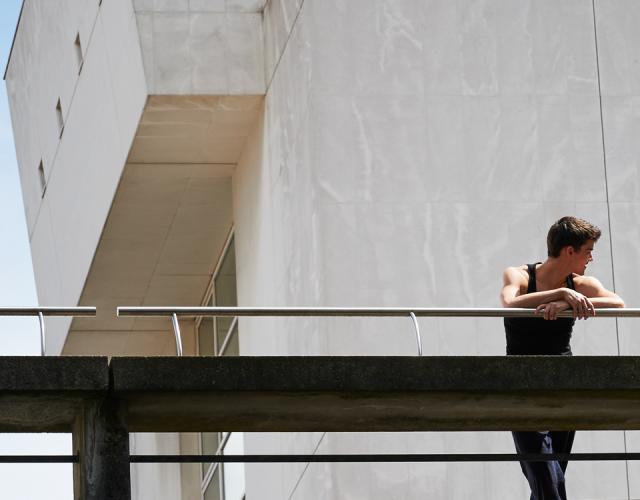
Listening and musical aesthetics
INFORMATIONS
-
Objectives and content
Passing on analysis and communication tools for working with musicians in artistic direction:
-Knowing how to define objective criteria (tempo, precision and positioning, phrasing, historical coherence, respect for the text, etc.),
-Knowing how to assert and argue the choice of an aesthetic direction, communicate and share personal taste.
-Have a precise vocabulary for communicating on questions of musical aesthetics in the context of a recording.
The fundamental question is: what does an interpretation mean and to what extent does it respect the score?
This course will look at musical aesthetics from two angles:
-Through the analysis and study of sound representation (aesthetic quality of sound recordings made by the students, or of current recordings and audiovisual material)
-By analysing and comparing different versions of the same work.
Year2:
-Listening to recordings made by the students, with the emphasis on the correlation between the sound recording and its musical aesthetic. Concrete sound recording criteria will be taken into account.
-Comparison of chamber music recordings (up to small orchestra) to first analyse the correlation between score and performance, and then learn to envisage the different avenues of performance.
Year3:
-Comparison of interpretations with, on the programme, a major work (symphony, opera, oratorio) and works covering the different periods of classical music.
-
Entrance terms and conditions
FSMS 2-3
-
Assessment terms and conditions
Attendance
-
Erasmus
No
